I’ve always loved photography, but going semi-professional – shooting motor racing – strangled that, and I stopped photographing anything for a very long time. A decade or so later, and 2018 saw me get ‘the bug’ again. Skip forward another year and a bit, and I’ve fallen, again, and expensively, for film.
I learned on film, a tough apprenticeship trying to shoot racing cars with an Olympus OM-1 – manual everything, of course – but when I got reasonable digital equipment, the OM-1 ended up on a shelf, and there it sat, via a box under a bed, for more than 10 years. Until August.
I’d wanted to try medium format, and when my dad loaned me his effectively ornamental Bronica ETRS – a story for another time – it was like taking a long breath of fresh air that I didn’t know I needed. You can’t lug an ETRS around day-to-day, but you can rather more easily carry the famously dinky OM-1. I picked it up, shook it, checked it over, accidentally buggered the film inside – who knows what was on there, a mystery never to be solved – and then started taking photos.
I think this OM-1 has at some point been party to a deal with the devil, offering it extra durability. It is dirty, the light seals are best described as ‘shaky’, and it has lost a little paint of the years, but the first few rolls, on varying stock, showed a lot of promise. Having googled, youtubed and instagrammed the world of 35mm films, I decided I simply had to try Tri-x.
I snapped away three films, sent them off for development – “Once a week, on Tuesdays,” I was told, on a cursed Thursday – and waited. When my email lit up with the developers’ message, I tensed. Every film photographer knows that nervous moment: “Have I ruined it?”; “Am I a genius?”; “Shit, is the camera actually OK? I haven’t developed a roll on it for a decade.” I could have cried when I unzipped the scans; 37, 38 and 39 near-perfect exposures, contrast so good I could taste it, and that beautiful grain that only film can really give you. Backlit portraiture on a sunny day; mates in an ‘atmospherically lit’ – read ‘bloody dark’ – pub; street scenes on grey days and super contrasty sunny afternoons; Kodak Tri-x 400 had handled it all.
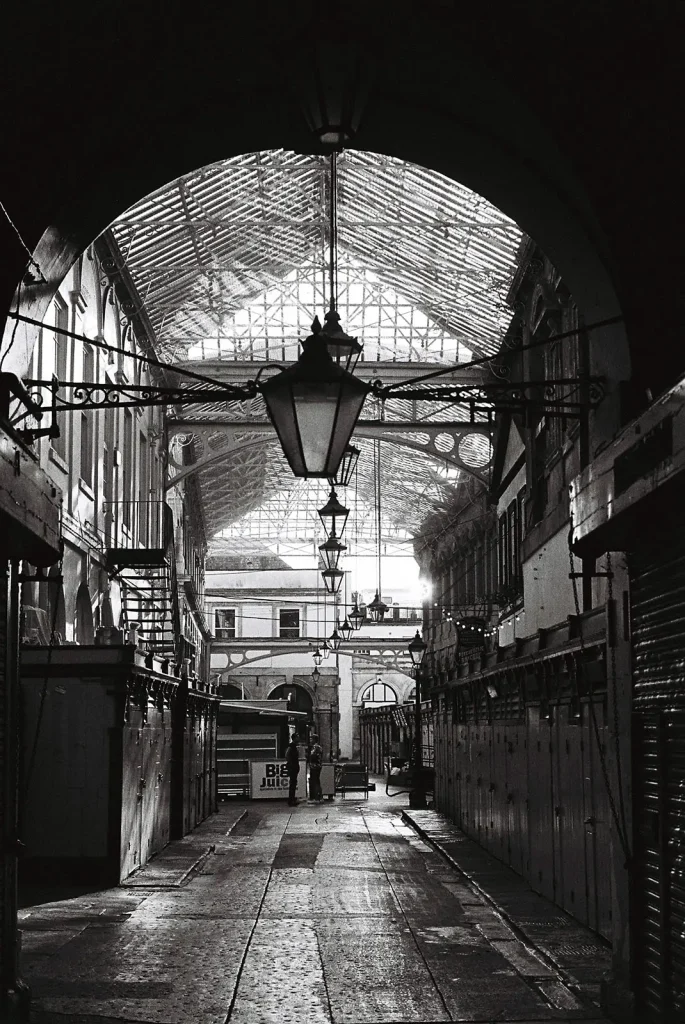
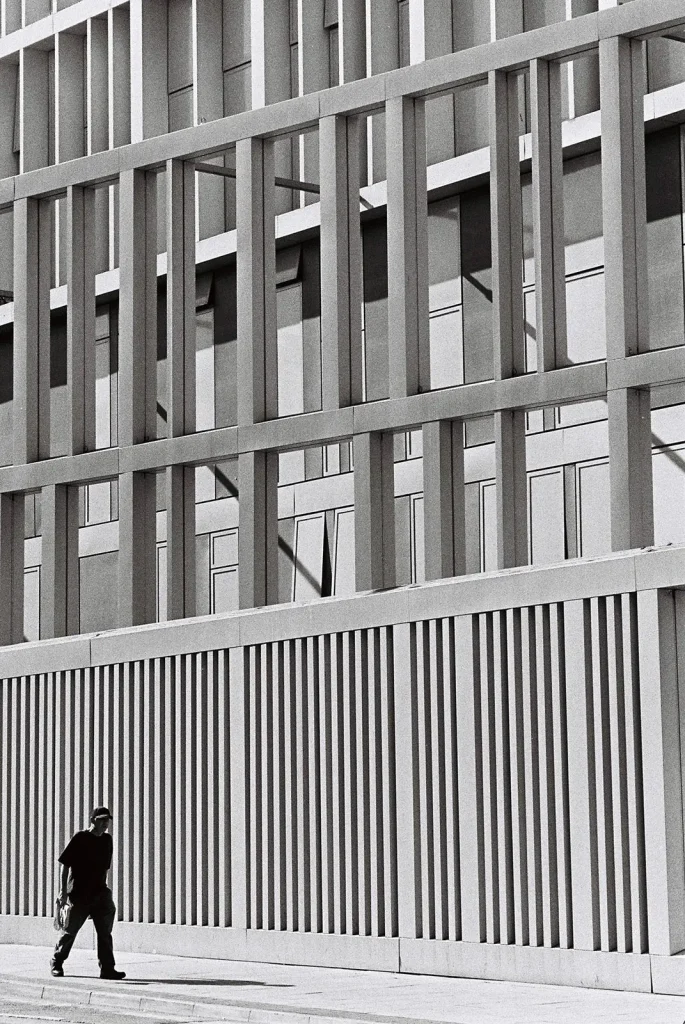
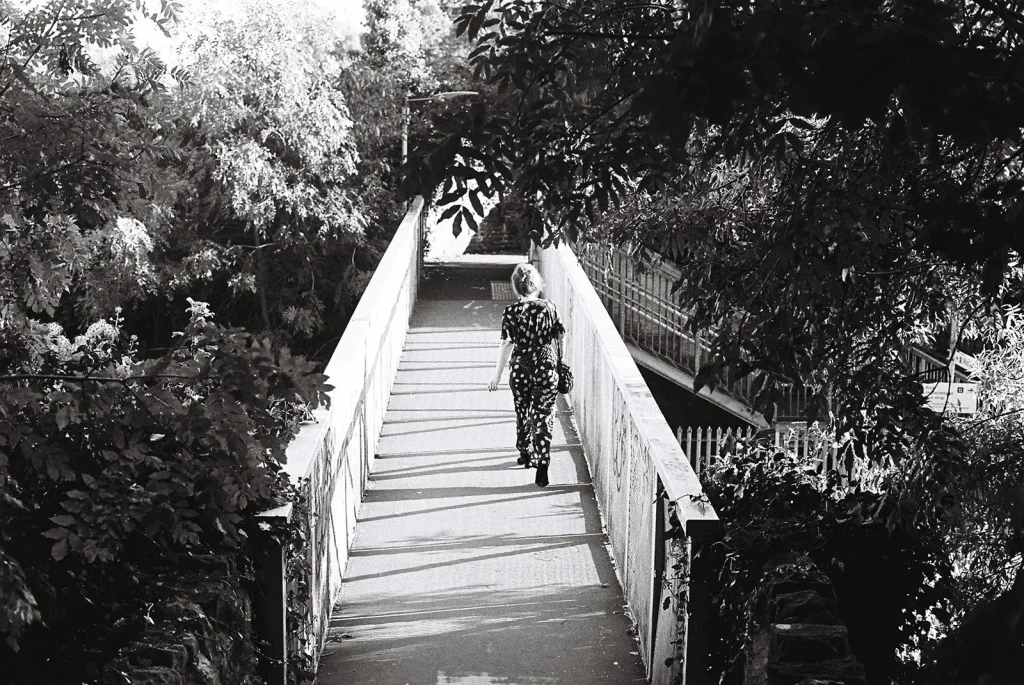
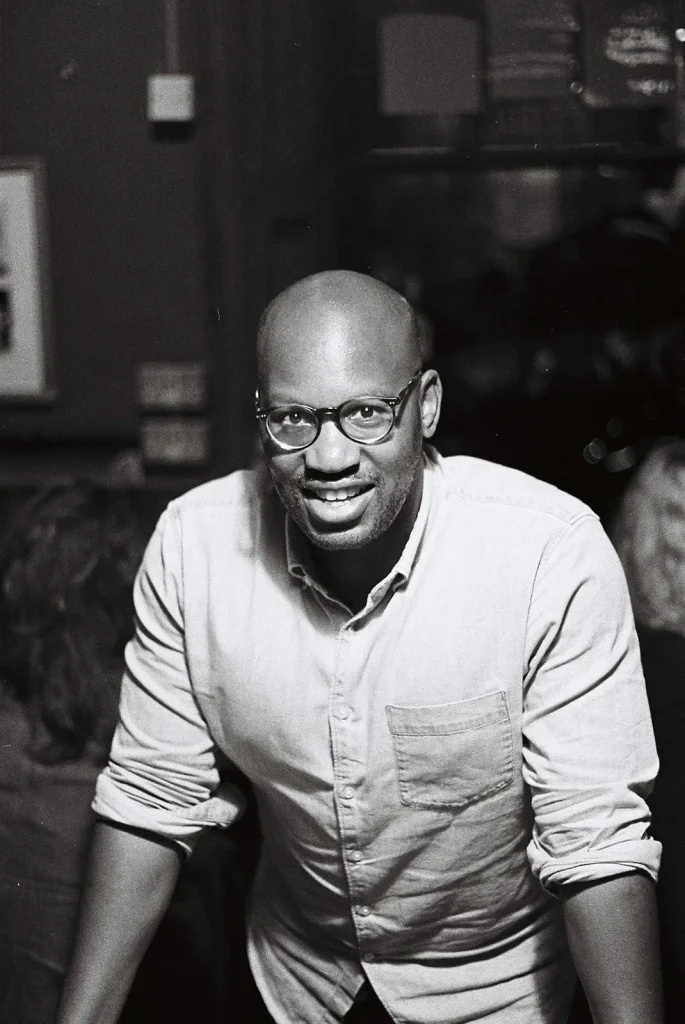
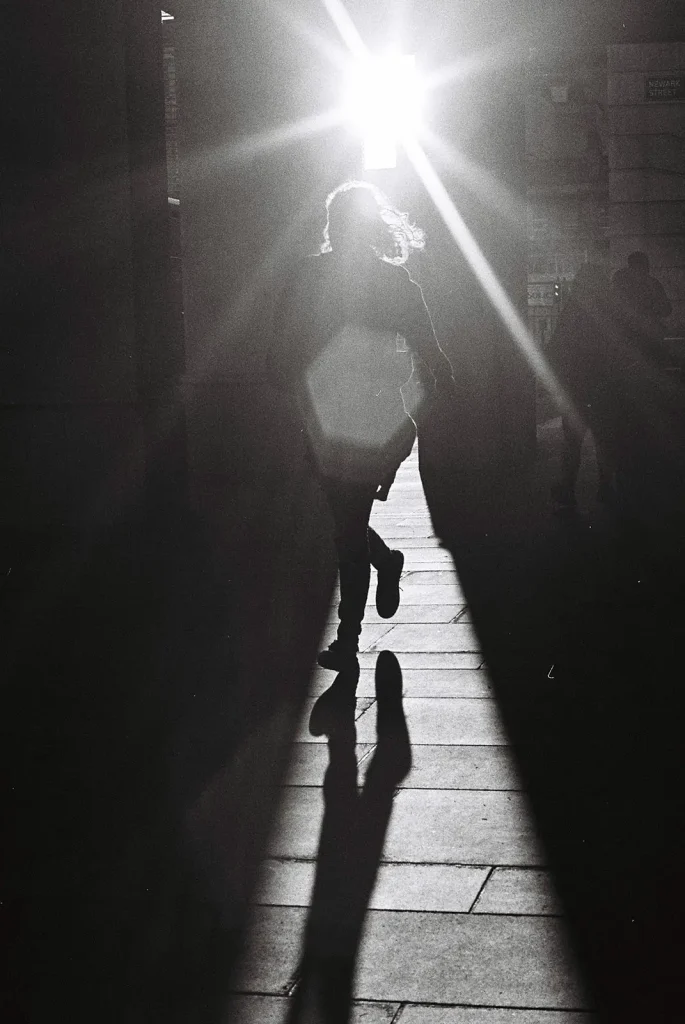
The photos here are a testament to the durability and quality of Olympus’ standout SLR – thank you, Yoshihisa Maitani – and the wonderful Zuiko primes, particularly the 35mm F2.8, 50mm F1.8 and 85mm F2 I used for these films. They are also a testament to Kodak, which really does make outstanding black and white film. I am in love with Tri-x 400 and if you haven’t tried it before, consider this an evangelical message. Try-x.
You can follow my film photography at @yorathonfilm. Marvel as I throw caution to the wind and spend far too much money on far too much film.
Share this post:
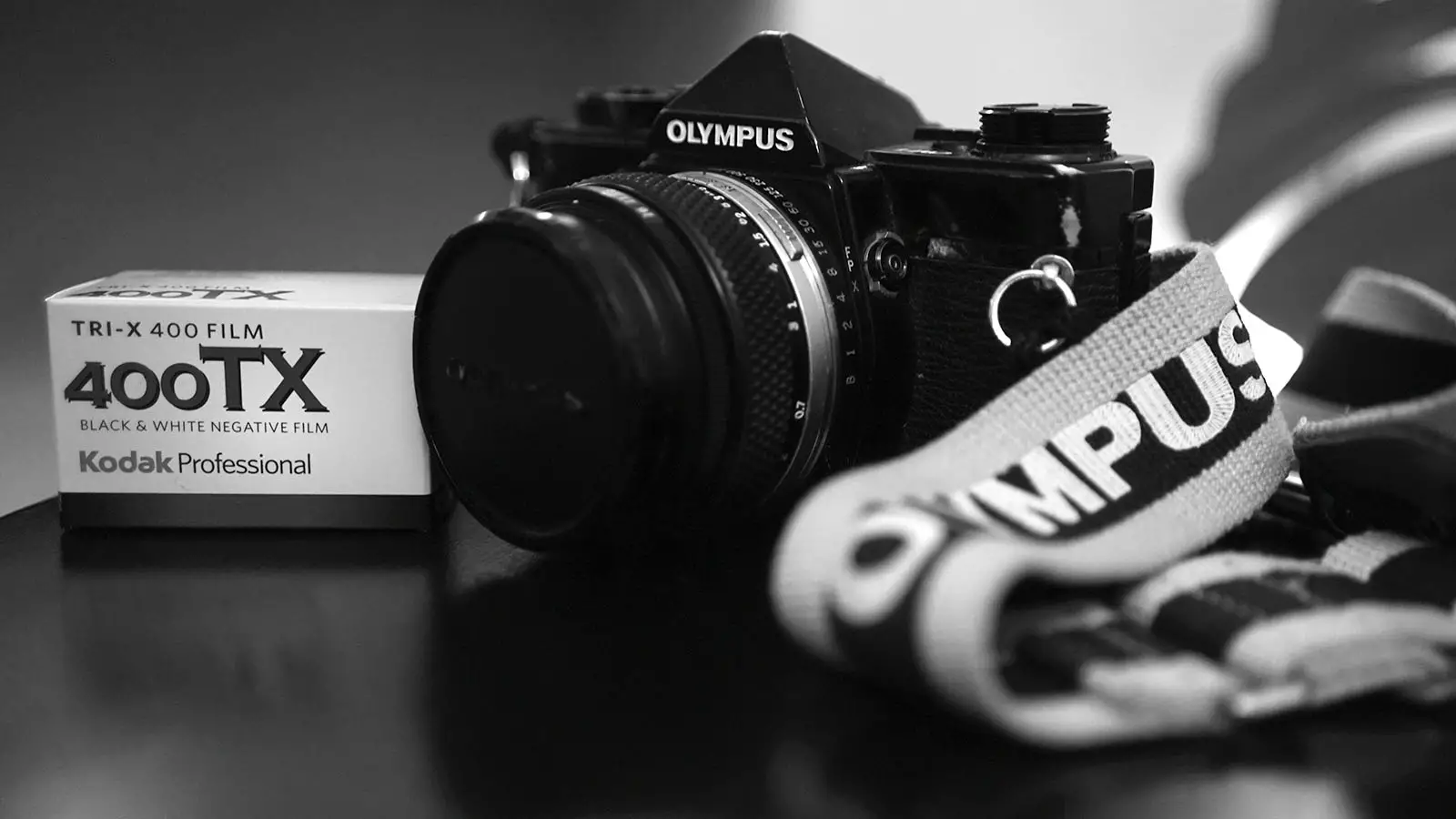
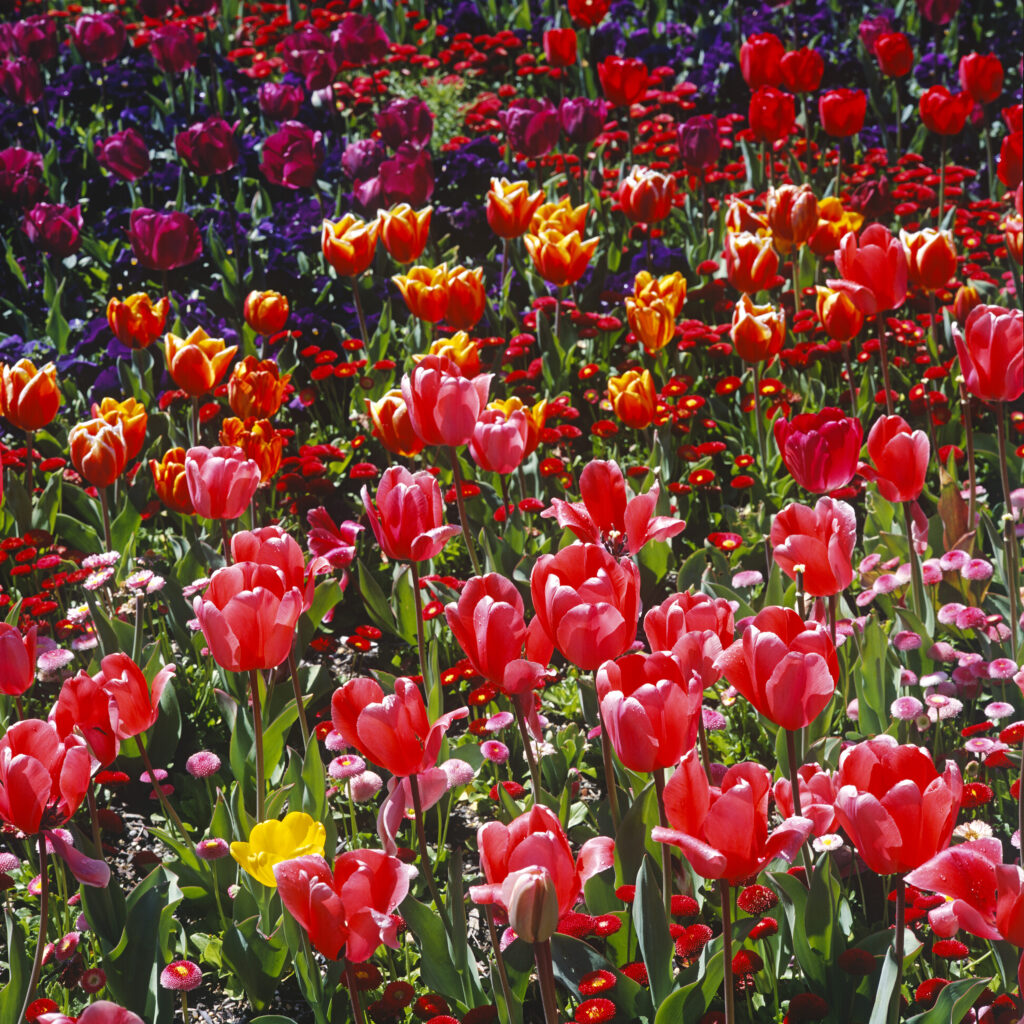
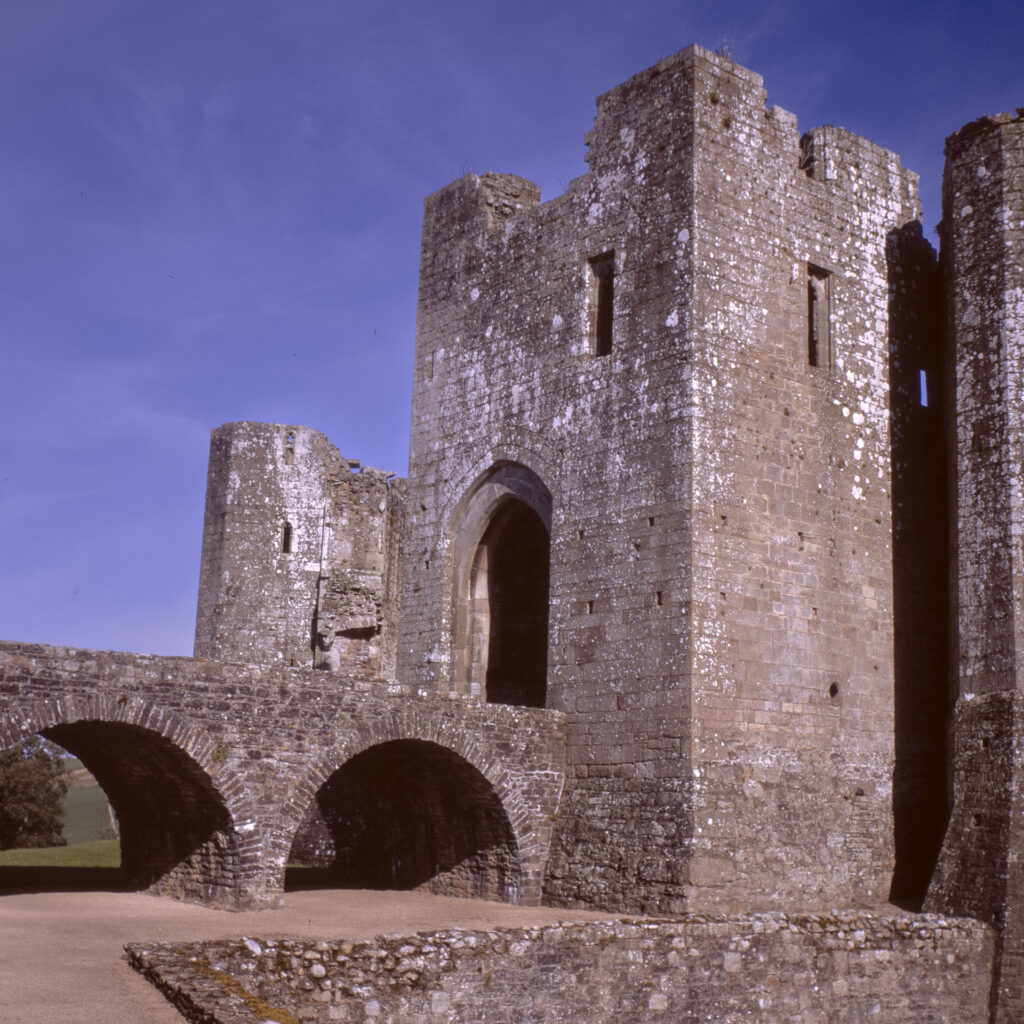
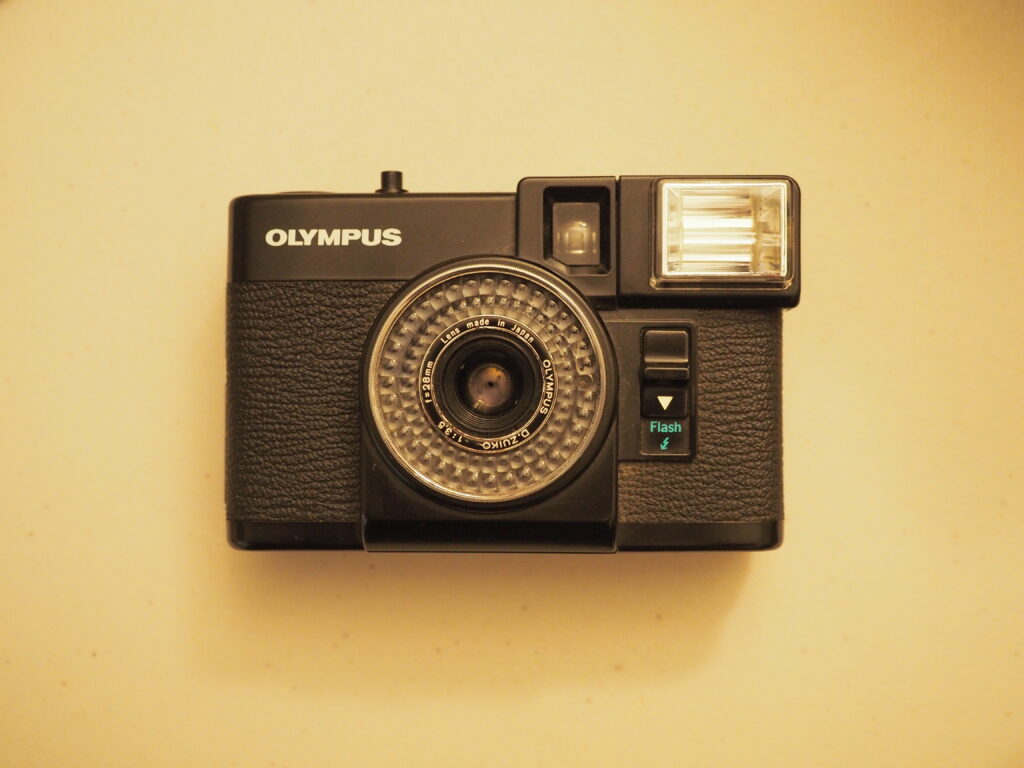
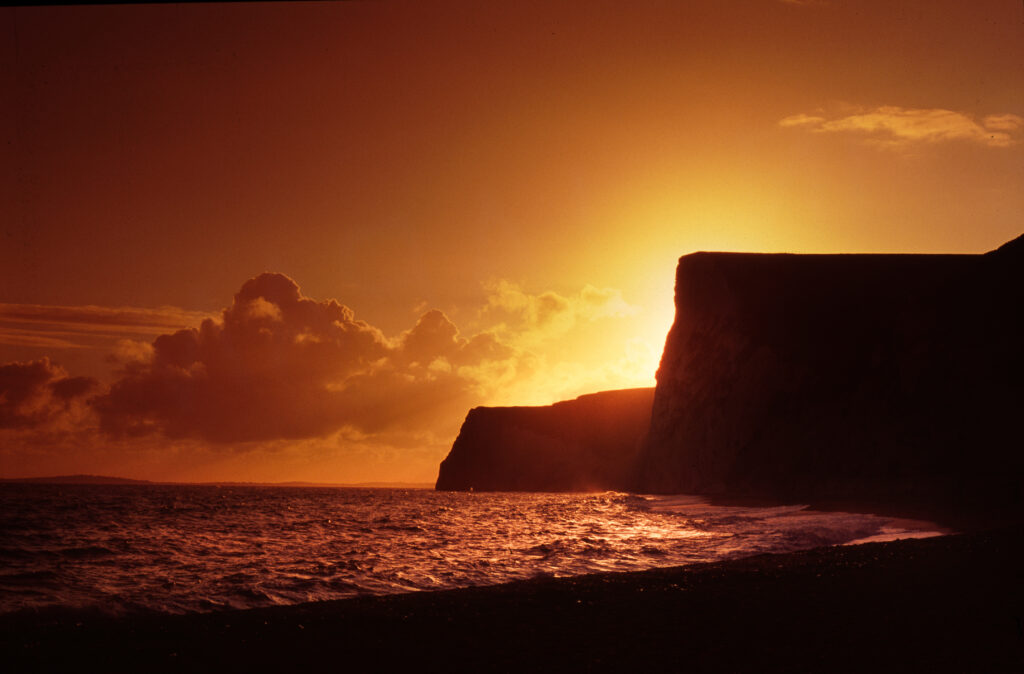




Comments
steve phillips on (First) 5 Frames With Kodak Tri-x 400 – By Jake Yorath
Comment posted: 17/11/2019
Comment posted: 17/11/2019
Julian Higgs on (First) 5 Frames With Kodak Tri-x 400 – By Jake Yorath
Comment posted: 17/11/2019
Comment posted: 17/11/2019
Reinhold Graf on (First) 5 Frames With Kodak Tri-x 400 – By Jake Yorath
Comment posted: 17/11/2019
Now you have made me wanting to get my OM1 from the shelf, insert a film and go taking pictures.
Comment posted: 17/11/2019
Alan Withington on (First) 5 Frames With Kodak Tri-x 400 – By Jake Yorath
Comment posted: 17/11/2019
Comment posted: 17/11/2019
Peter on (First) 5 Frames With Kodak Tri-x 400 – By Jake Yorath
Comment posted: 17/11/2019
Dan Castelli on (First) 5 Frames With Kodak Tri-x 400 – By Jake Yorath
Comment posted: 17/11/2019
I enjoyed your write up; haven't heard or seen the word 'dinky' in many a year.
The OM line is an underappreciated camera system. You really use the OM-1 to it's full advantage. My favorite shot is the Bath snap; love the light & dark and how the lens & film work. Nicely done.
But, here's a question: I've read many postings where the author states they send the film out to be processed. I can understand color C-41, but why not develop your own B&W film? If you process & then scan, the tools needed are minimal and can be stored in a small space. You invest a bit of cash up front, but you gain total control of how your film looks and you can adjust developing as you see fit.
I've got a fully functional darkroom in my basement (going on almost 45 years) but, if you don't want to make B&W prints, then you don't need the dedicated space. Since I don't know you, for all I know you're in the process of carving out a space for a darkroom. Don't take this as a critical comment or question your commitment to film photography, I'm just curious.
- Dan [flickr.com/photos/dcastelli9574]
Comment posted: 17/11/2019
Ken on (First) 5 Frames With Kodak Tri-x 400 – By Jake Yorath
Comment posted: 17/11/2019
Robert on (First) 5 Frames With Kodak Tri-x 400 – By Jake Yorath
Comment posted: 17/11/2019
Comment posted: 17/11/2019
Mike Hinkleman on (First) 5 Frames With Kodak Tri-x 400 – By Jake Yorath
Comment posted: 17/11/2019
Jimmy Hickford on (First) 5 Frames With Kodak Tri-x 400 – By Jake Yorath
Comment posted: 17/11/2019
Huss on (First) 5 Frames With Kodak Tri-x 400 – By Jake Yorath
Comment posted: 18/11/2019
Bob Cunningham on (First) 5 Frames With Kodak Tri-x 400 – By Jake Yorath
Comment posted: 18/11/2019
Comment posted: 18/11/2019
Marcos Ursula on (First) 5 Frames With Kodak Tri-x 400 – By Jake Yorath
Comment posted: 18/11/2019
Marc on (First) 5 Frames With Kodak Tri-x 400 – By Jake Yorath
Comment posted: 18/11/2019
There is some magic into Tri-X 400 since many decades, the way this Film does render shapes, textures, tonality...one of my all time fave Films, together with T-Max 100, and XP2 Super, FP4 Ilford. I do like digital, but i must admit, Film does capture more emotion, -spirit, from the whole process, the way you create an photograph.
Best,
Marc
Kevin on (First) 5 Frames With Kodak Tri-x 400 – By Jake Yorath
Comment posted: 19/11/2019
Patrick Cook on (First) 5 Frames With Kodak Tri-x 400 – By Jake Yorath
Comment posted: 22/11/2019
Comment posted: 22/11/2019